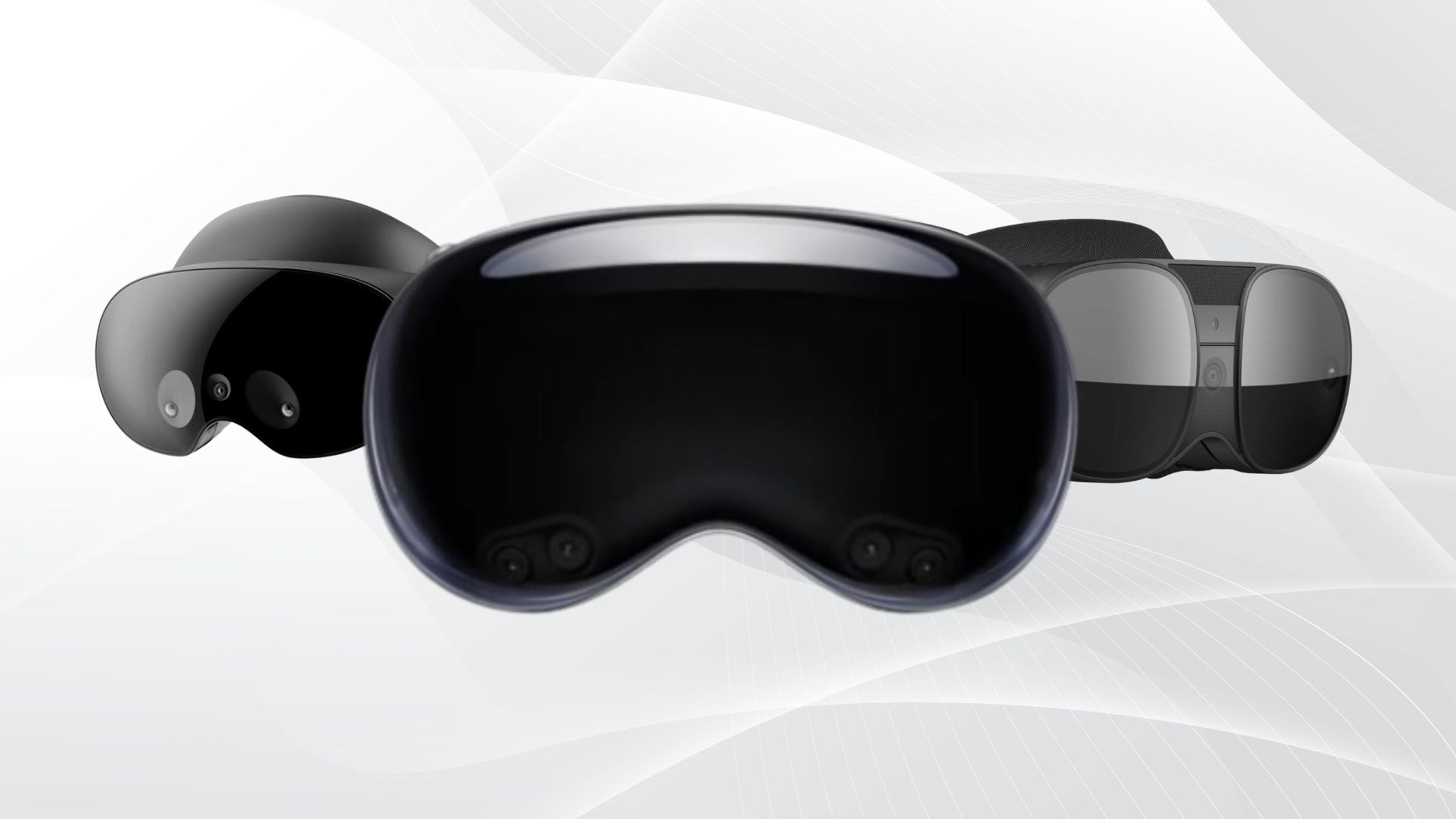What is spatial computing?
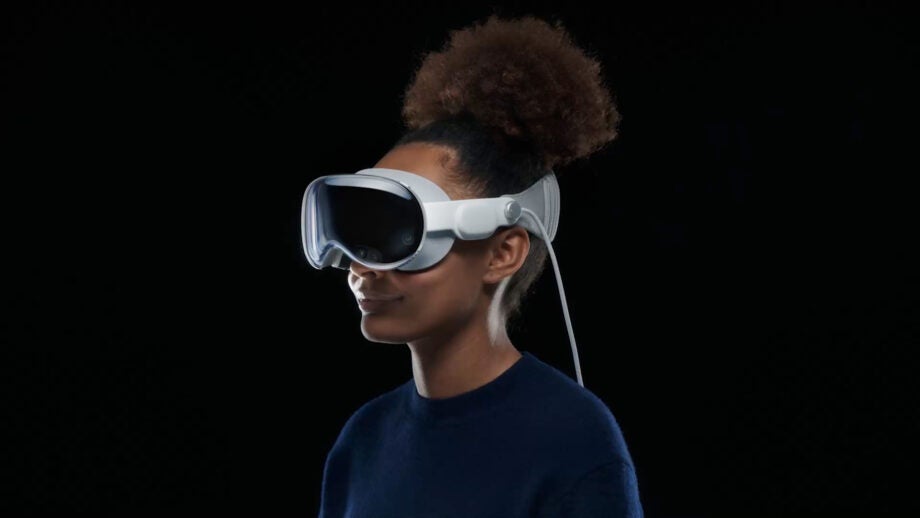
If you tuned into Apple’s WWDC conference on June 5, you may have spotted the term ‘spatial computing’ in the company’s keynote.
Keep reading to learn everything you need to know about spatial computing.
What is spatial computing?
Spatial computing is a term used to refer to machines that use human interaction to retain and manipulate real-life objects and spaces.
“Spatial Computing differs from related fields such as 3D modeling and digital design as it requires the forms and spaces it deals with to pre-exist and have real-world valence”, explains X Reality Safety Intelligence (XRSI) – an organisation dedicated to providing intelligence and advisory services for emerging technology ecosystems – on its website.
“It is not enough that the screen is used to represent a virtual space—it must be meaningfully related to an actual physical place”.
While the term has circulated for more than 20 years, its meaning has evolved over the years to refer to virtual, augmented and mixed-reality devices that require physical actions, such as gestures and speech, in order to manipulate a perceived 3D space.
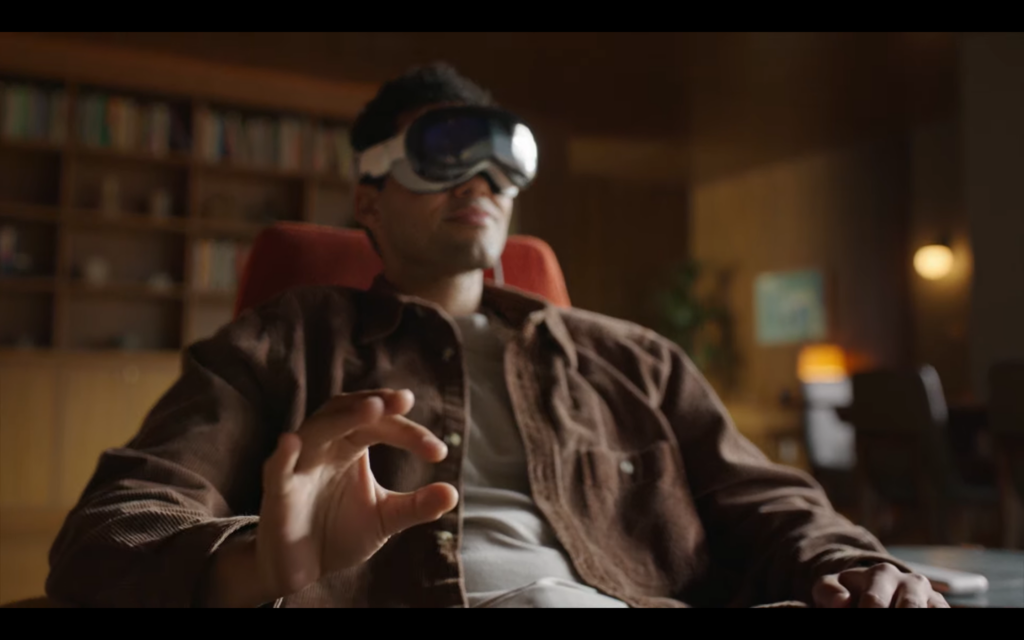
Most recently, Apple drew upon the phrase at WWDC 2023 when it unveiled the Apple Vision Pro, a “revolutionary spatial computer that seamlessly blends digital content with the physical world”.
Not only is the Vision Pro Apple’s first spatial computer, but the headset uses VisionOS, software Apple refers to as “the world’s first spatial operating system”. The operating system allows users to interact with their favourite apps, games and movies in a 3D environment using the mixed-reality headset.
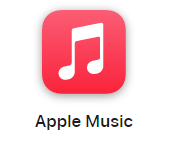
Apple Music
Apple Music gives you access to over 100 million songs and 30,000 playlists, ad-free. Listen online or off, across all your devices, and hear sound all around in Spatial Audio with dynamic head tracking. You can now try 1 month for free!
- Apple
- Get 1 month free
- £10.99 p/m
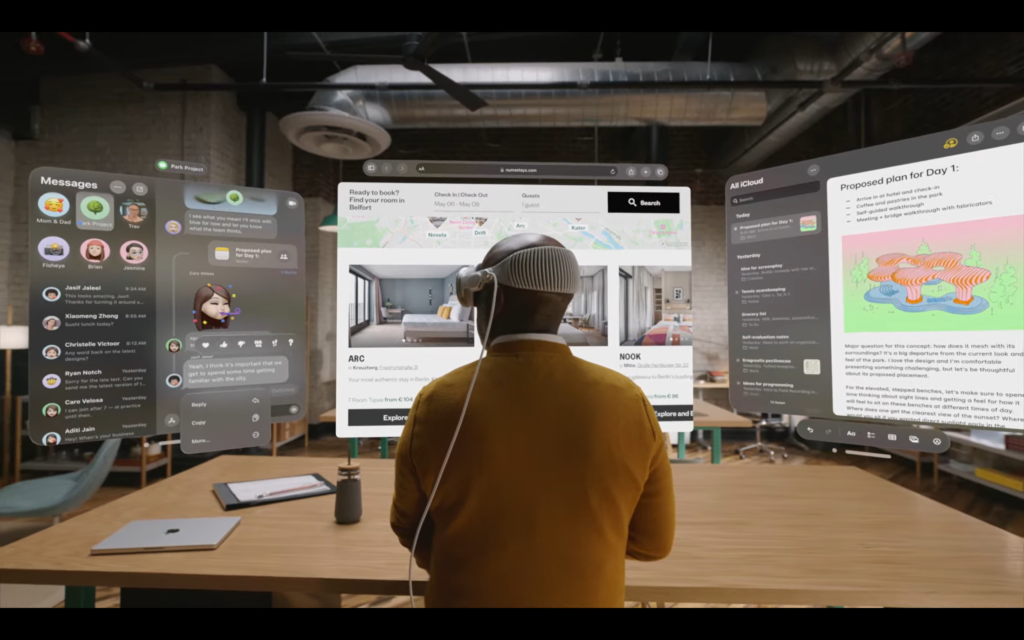
The company combines the ultra-wide view with spatial audio, adding another layer of immersion to the whole experience. On top of that, there’s a 3D camera integrated into the headset so that users can capture their own memories and relive them later at a life-size scale.
To learn more about the Apple Vision Pro, make sure to head over to our guide.



